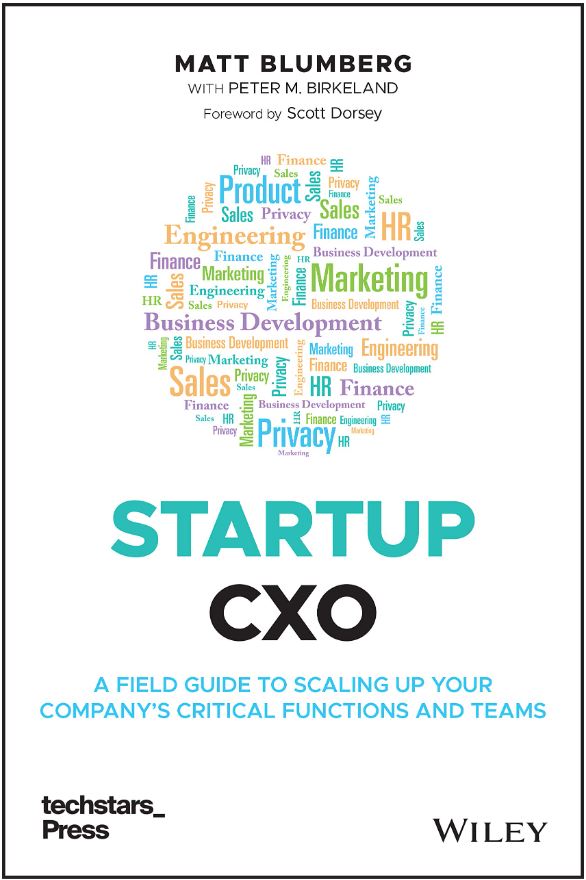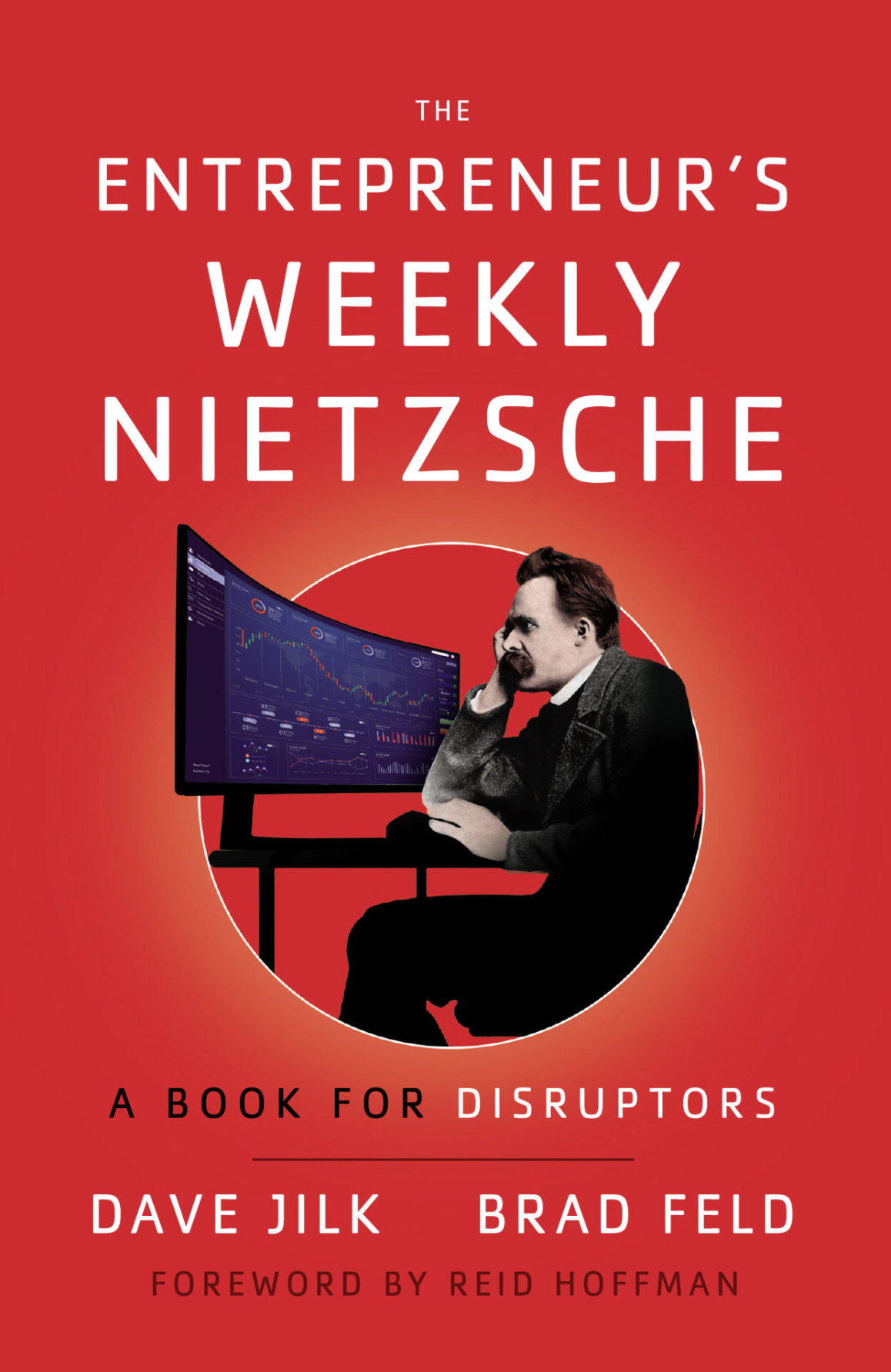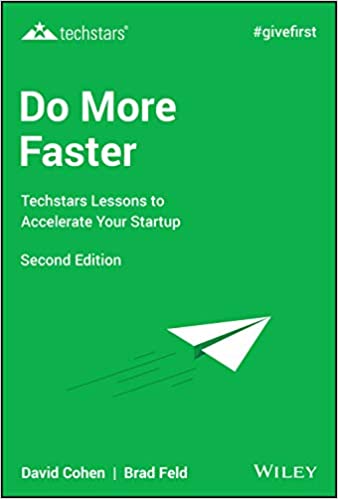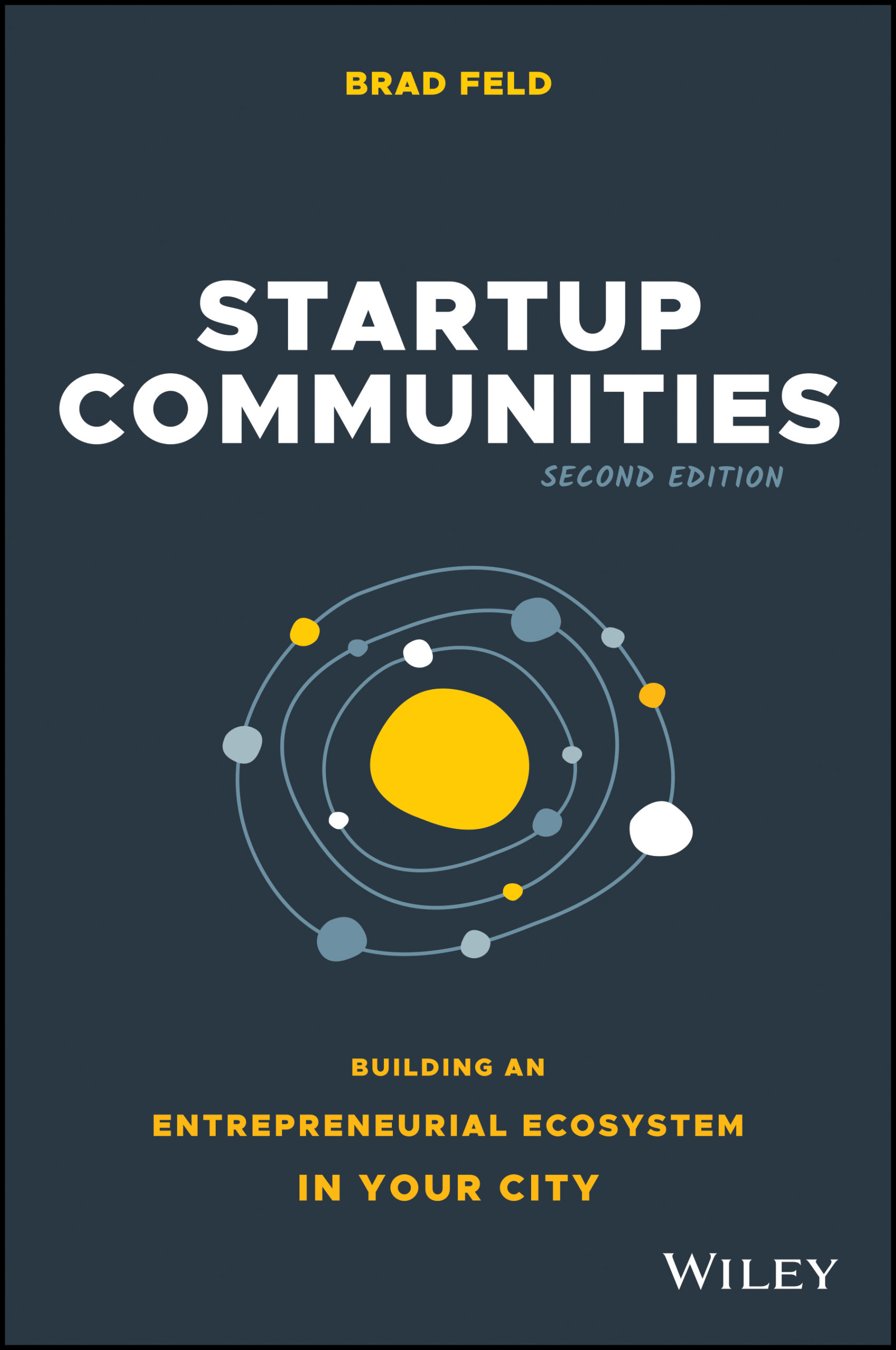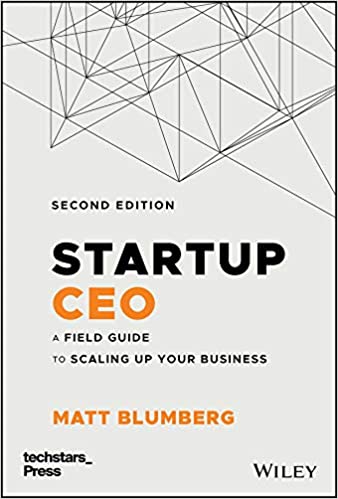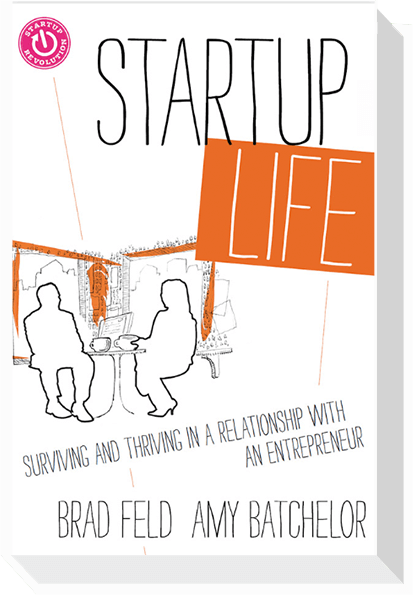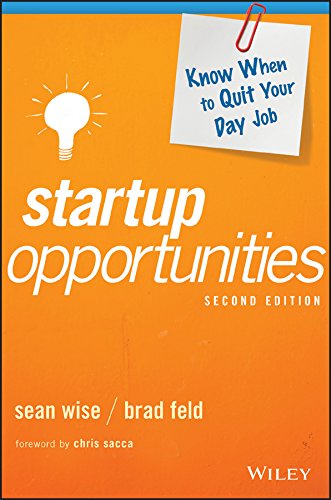If You Want to Better Understand Startup Communities, Read These Three Women
I’m working hard on The Startup Community Way this week with my co-author Brad Feld. As we’re polishing up the meaty part of the book—which draws on a wide range of theory, empirics, frameworks, and just some really brilliant thinking on the part of the many impressive shoulders this work stands upon—a few names keep coming up in the references we’ve assembled.
Three of these names I want to talk about today are intellectual giants in the areas of entrepreneurship, geography, and cooperative social systems. Their work collectively intersects in a way that explains a lot about why startup communities exist. If you want to understand startup communities, you should know their work. Two of them I consider friends, so not only do I get to benefit from their insightful work, I also know there’s a kindness and generosity behind their ideas. The third is not someone I knew, and sadly she’s already passed on. But, I think a lot of her work and I’ve written about it already.
All three are women.
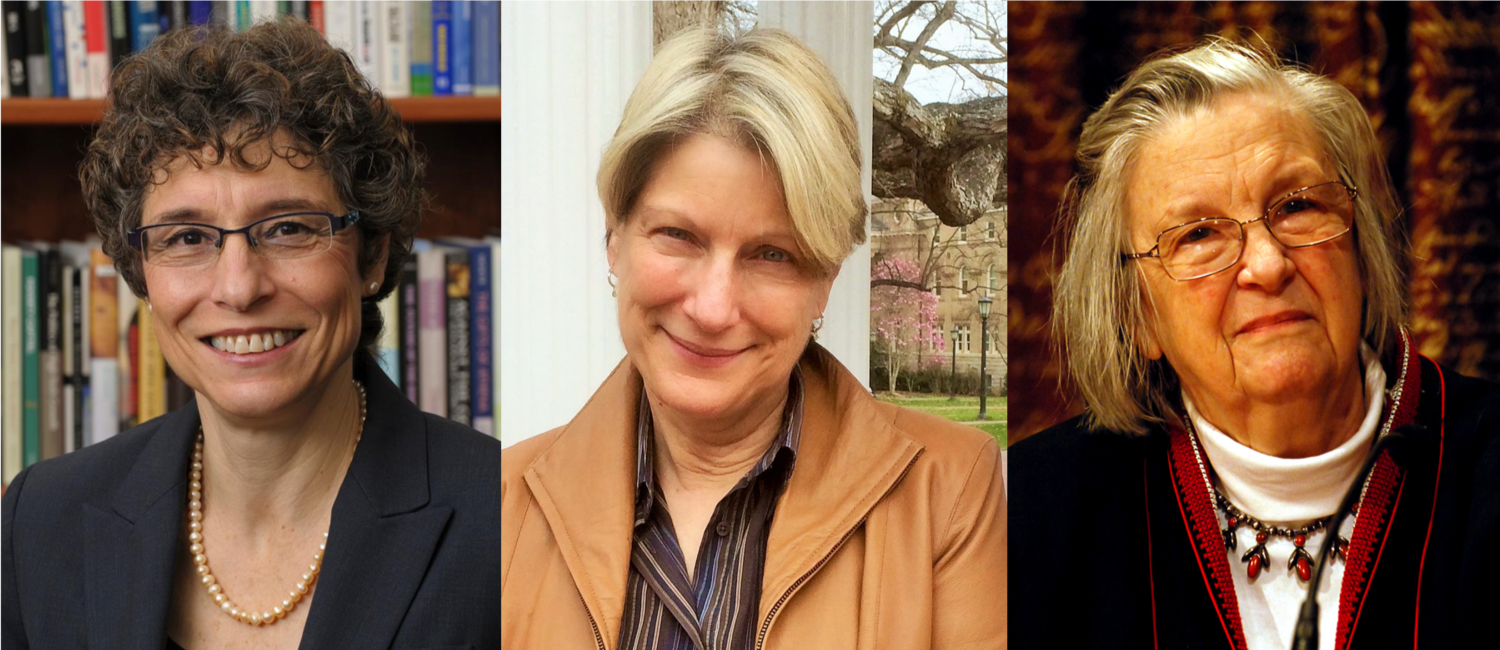
Left to right: AnnaLee Saxenian, Maryann Feldman, Elinor Ostrom
AnnaLee Saxenian
Anno is the long-time Dean of the Information School at the University of California Berkeley. Prior to that, Anno made a name for herself as an economic geographer and regional studies researcher who studies the geography of innovation. She is one of the most important thinkers on the role of networks and organization in shaping why some regions are more innovative and entrepreneurial than others. Here are a couple of her works that you should read.
- Regional Advantage: Culture and Competition in Silicon Valley and Route 128. Her seminal work that compares the fate of two high-tech regions in the Post-WWII War period. As late as the early-1980s, Silicon Valley and the Route 128 Corridor near Boston looked similar in terms of their ability to produce a high rate of information technology businesses. But, the Route 128 region stalled while Silicon Valley pulled further ahead in the global technology race. What explains the divergence, argues Saxenian, was the way people and businesses were organized and the culture and norms that defined both places. The rigid hierarchical structure of Boston left it flat-footed and unable to adapt to rapid technological change, while the network-based structure shaped by Silicon Valley’s open culture of collaborative competition made it better-positioned to recognize and capitalize on these changes.
- The New Argonauts: Regional Advantage in a Global Economy. In this book, Anno documents the pipeline of international talent flooding Silicon Valley for many years and links that to its success. Furthermore, she demonstrates the valuable linkages between individuals in The Valley and their home countries. These “diaspora” have played a major role in fueling the development of high-technology clusters in places such as Taiwan, Israel, China, and India, as expats from these and other places form strong networks that flow capital, ideas, talent, and know-how between The Valley and their home countries. I believe building stronger linkages with leading entrepreneurial hubs is an underutilized strategy for lagging regions.
Maryann Feldman
Maryann is a professor of finance and public policy at the University of North Carolina Chapel Hill. Her work has been highly influential in establishing the role of social capital and leadership in systems of entrepreneurship. She is one of the most insightful thinkers on what makes some regions innovative and entrepreneurial while other similarly situated places (i.e., comparable resource endowments) are less so. Here are some papers she has authored that are fundamental to understanding this phenomenon. She has written a lot in these areas, so this list is by no means exhaustive.
- Dealmakers in Place: Social Capital Connections in Regional Entrepreneurial Economies. Maryann and her co-author Ted Zoller study “dealmakers”—highly connected individuals with deep entrepreneurial experience, fiduciary ties to startups, and valuable social capital who form the backbone of startup communities. They found that a density of dealmakers, and the connectedness between them, is more predictive of higher startup rates and a vibrant local startup community than are quantity-based measures of startups and investors. These dealmakers are the bridge-builders that make things happen, connect people, shape networks, and facilitate the flow of resources through a startup community.
- Creating a Cluster While Building a Firm: Entrepreneurs and the Formation of Industrial Clusters. Much of the conversation on entrepreneurial ecosystems is about how the external environment shapes startup outcomes. In this work, Maryann and her co-authors Johanna Francis and Janet Bercovitz flip this around—asking how entrepreneurs, as change agents, shape the environment and institutions around them. Critically, and this is a central theme to much of Feldman’s work, is a focus on the genesis of entrepreneurial clusters. Too often, people try to replicate Silicon Valley today and overlook what can be learned from its origin—focusing on efforts that lag, not lead entrepreneurial beginnings. Of course, replicating any complex system (like a startup community) is impossible, but this distinction is critical. If you are in a nascent startup community and want to learn from the Silicon Valley model, look to the past—60 years or more—not to today.
- The Character of Innovative Places: Entrepreneurial Strategy, Economic Development and Prosperity. This may be my favorite paper of all. Building on her earlier work, Feldman goes deeper on the notion of entrepreneurs as change agents who shape their environment and build institutions of support. The focus here is on entrepreneurial leadership applied to improving conditions that shape and benefit the broader community. Feldman writes: “What matters most is human agency—the building of institutions and the myriad public and private decisions that determine what I call the character of place—a spirit of authenticity, engagement, and common purpose.” This reminds me of one of the pillars of the Boulder Thesis, which Brad wrote about in Startup Communities—entrepreneurs must lead. A theme you’ll see in our upcoming book is that leadership makes all the difference.
Elinor Ostrom
Elinor Ostrom, was an American political economist, who was awarded the 2009 Nobel Prize in Economic Sciences. She was the first woman to receive the award. While her work isn’t directly tied to startup communities per se, her research on cooperation and collective action explains a lot about why startup communities exist and why some places do this better than others. I wrote about this concept last year, and dubbed it the Nobel Prize in Startup Communities. As I wrote then:
She challenged the notion that in the absence of a central governing authority, shared resources will be under-developed and over-utilized. Conventional thinking at the time was that our selfish human nature prevented us from cooperating in a way that would ensure sustainability of shared resources (like those in a startup community).
But Ostrom overturned this thinking. Through the use of experimental techniques and the observation of societies who relied on shared (scarce) natural resources, she demonstrated that under the right conditions, people are willing to cooperate for the greater good and engage with a positive sum mindset.
In her Nobel acceptance speech, she described her work in the following way:
“Carefully designed experimental studies in the lab have enabled us to test precise combinations of structural variables to find that isolated, anonymous individuals overharvest from common-pool resources. Simply allowing communication, or “cheap talk,” enables participants to reduce overharvesting and increase joint payoffs, contrary to game-theoretical predictions.”
Said differently, we tend to cooperate with people we know, trust, and frequently engage with. And, conversely, it’s easier to defect or play a zero sum game against people we don’t.
The central thinking behind Startup Communities is to do exactly that—to improve human relationships in a way that allows for collaboration, cooperation, and idea sharing to become second nature. This is why one of the four pillars of the Boulder Thesis—that the startup community must have continual activities—is so critical. Social cohesiveness and trust are essential for the sorts of norms and informal rules that allow collaboration to occur in a startup community. Frequent engagement allows that to develop.
This also supports another pillar of Brad’s Boulder Thesis—that of constant engagement along the entrepreneurial stack. Consistent contact builds trust, and trust is essential in entrepreneurship and building communities of support around it.
I hope you’ll have a chance to benefit from the work of these three women as I have.

